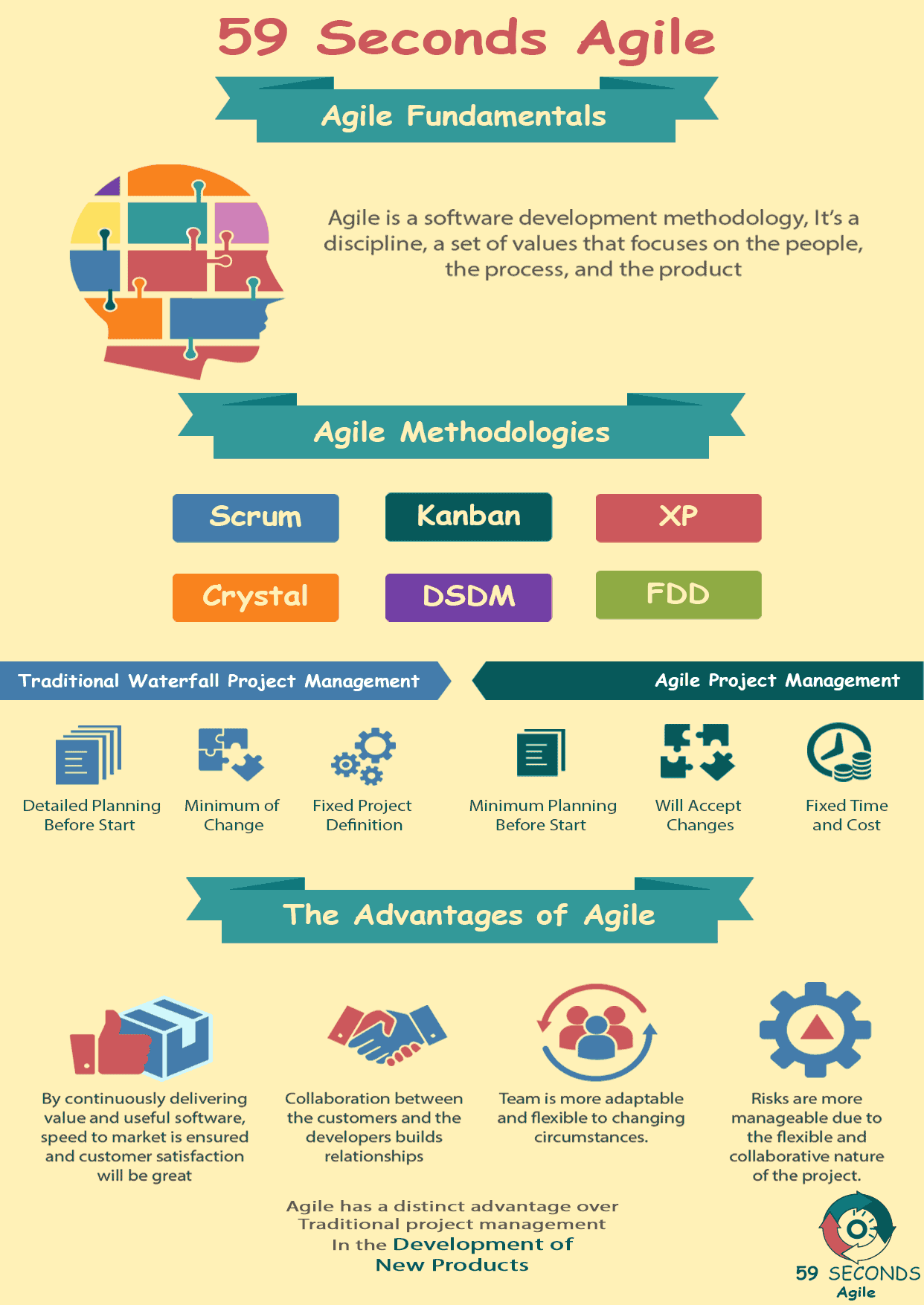
The Agile Fundamentals for Scrum Masters
Thinking of becoming a Scrum Master? Or are you already one, but you’re still new to the job? No matter what level of experience you have with being a Scrum Master, it’s always great to get your bases covered! Let’s discuss some of the fundamentals of Agile: what it is, and what it isn’t:
What is Agile?
More than a project management approach, it’s best to think of Agile as a mindset. It’s a discipline, a set of values that focuses on the people, the process, and the product. Agile is a philosophy made up of different values and principles.
A Brief History of Agile
When enterprises began to use PC computing more heavily during the early 1990’s, industry experts observed that an average software development project takes about three years for to cycle from validating the business needs to finishing the actual application. But many things can happen in a year alone – needs can be reprioritized, new technological trends can come in, and sometimes, businesses themselves can change.

By then, there were many different software approaches being developed here and there. One of them is the famous Scrum Process by Jeff Sutherland and Ken Schwaber, presented in 1995 during an object-oriented conference. Kent Beck has also come up with extreme programming (XP), a framework for various software development best practices that aim to rapidly deliver high-quality software to customers.
A Brief History of Agile
On February 11-13, 2001 at Snowbird in the Wasatch mountains of Utah, seventeen people representing XP, Scrum, DSDM, Crystal, Feature-Driven Development, and others looking for alternatives to heavyweight software development decided to meet up. Thanks to this special meeting, the many efforts of developing these iterative and incremental software development techniques were unified. Together, they came up with what is known today as the Agile “Software Development” Manifesto.
The Agile Manifesto
The Agile Manifesto is written as follows:
“We are uncovering better ways of developing software by doing it and helping others do it. Through this work, we have come to value:”
1. Individuals and interactions over processes and tools.
2. Working software over comprehensive documentation.
3. Customer collaboration over contract negotiation.
4. Responding to change over following a plan.
It is important to note the following statement: “That is, while there is a value in the items on the right we value the items on the left more.” This does not mean that documentation, contracts, plans, and processes should be done away completely – in fact, these are still needed. What the Agile Manifesto wants to say is that teams should simply put more importance on the people, the product, the collaboration, and the resilience to changes, if needed.

